Lake Bafa

October 19, 2011
We wanted to spend our last days in Turkey away from the crush of tourists. We also were looking for someplace where we might have a chance to do a hike and do some wildflower hunting. The Eastern Mediterranean area is known for the fall blooming bulbs such as crocus, daffodils and cyclamen. After the rain we had during our week in Istanbul, there was a chance we might spot some wildflowers.
We choose the Lake Bafa area. This area was originally a gulf along the shores of the Mediterranean Sea. The silt from the Meanders River eventually built up to close off the gulf and created the lake. This also moved the famous ruins Ephesus from being along the seaside to several miles inland. Today it is located along the road between Izmir and Bodrum.
The Beşparmak Mountains run along the north shore of Lake Bafa. The highest point is about 4,000 ft. It isn’t a single mountain but a range of different rocky fingers spread out over an area. The slopes are covered with large boulders and caves reminding me much of Pinnacles National Monument.
The area has continuously been settled since the Bronze Ages. Rock paintings have been found in the area around Latmos on the slopes of the mountain. Endymion was sacred to the early people in the area. They built shrines and the myth has him and Selene residing at Latmos. The Greeks moved into the Ionian area of Western Turkey around 4th century BC. They built a city and dedicated it to Heracles thus the name of Heracleia by Latmos. The area changed hands through the years falling to the Persians and later to the Romans. In the 7th century, Christian monks from the Sinai region moved to the area to escape from the Muslims. They built several Byzantine monasteries and castles which are now in ruins along the lake and hillside.
Kapikiri is a small village of about 300 people located on the north shores of Lake Bafa. It is built up within the Greek ruins of a temple to Athena. There are several pensions or pansiyon in Turkish located in the village which cater to hikers and tourists that want to get away. The villagers mainly tend to their animals which are housed next to or under their houses. The village women also sell handmade necklace, scarves and other items to the hikers and other tourists that venture to the end of the road.
We arrived at Kapikiri in the afternoon, just as they were bringing in the cows. Cows blocked our way along the road several times as they were moved between the villages. We had reservations at the Agora Pension. I had found it listed in several areas on the web including the Small Hotels of Turkey . It was also mentioned in an article in the UK Conde Nast. It was very clean and comfortable. We had half board (breakfast and dinner) included in our cost. The host spoke just a little English. He had understood that G did not eat meat but ate fish. Somehow he thought I was vegetarian. I tried to explain I did eat meat but I finally figured out they planned their meals around me being vegetarian. No problem. The meals each night were wonderful. G had a large fish freshly caught from the lake and I had a couple of extra vegetarian mezes. Perfect. We usually also had a soup and a shepherd salad which was usually cucumbers, tomatoes, onions and spicy greens (arugula, lettuce, parsley).
We walked around the village and down to the lake shore where we were able to see the ruins of several Byzantine castles and monasteries along the lake side and just off shore. They day was sunny, crisp and clear. It would be a perfect place to end our trip.

Moving the cows along the road to Kipikiri – just outside the village of Golyaka.

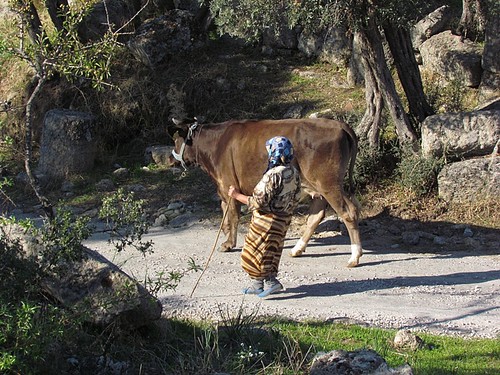

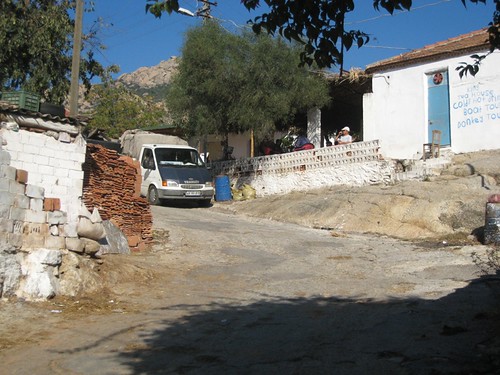
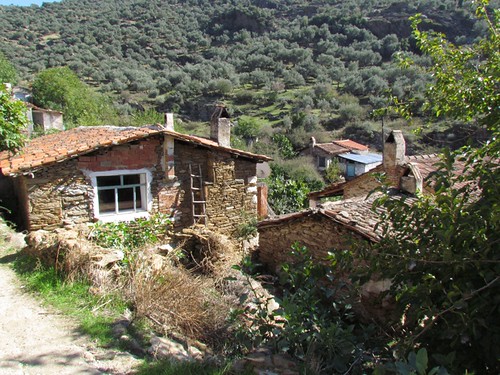
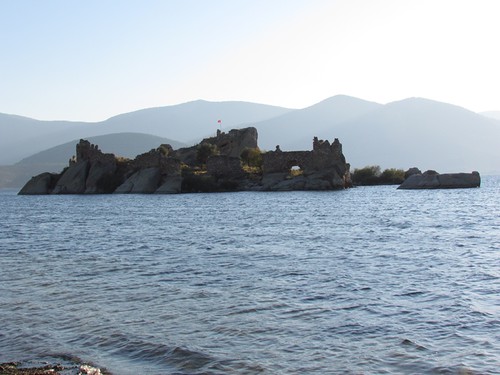
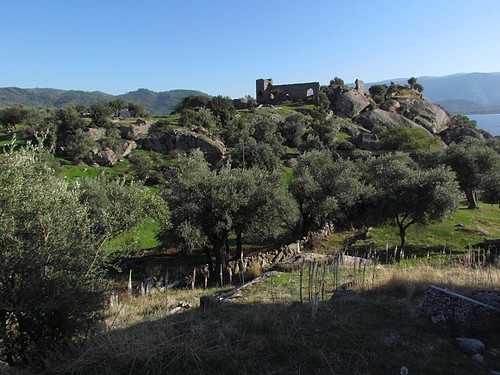

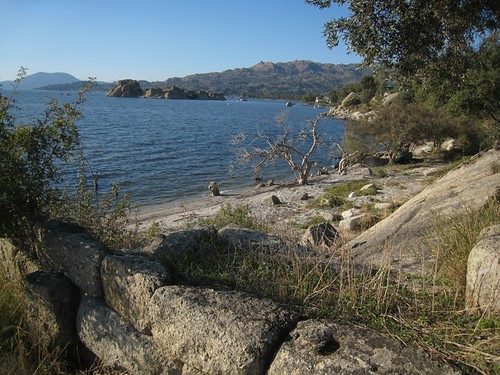

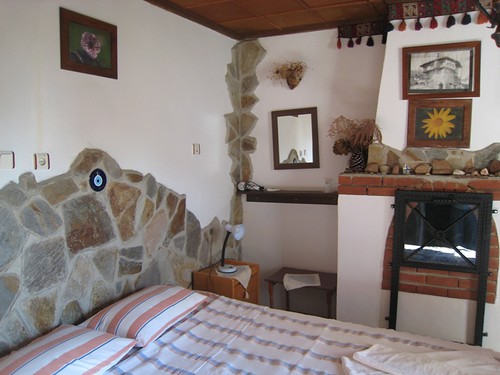
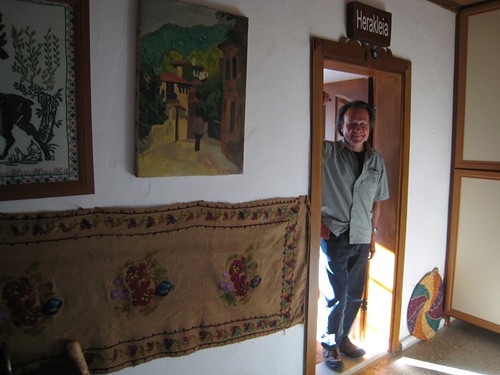
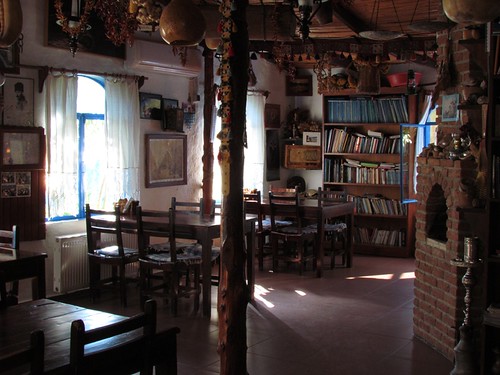
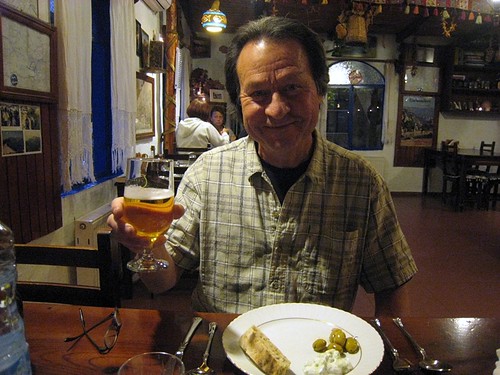
The pension looks very charming. Sounds like you had a wonderful trip.